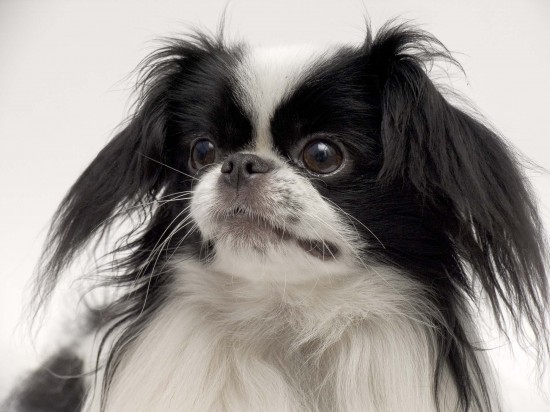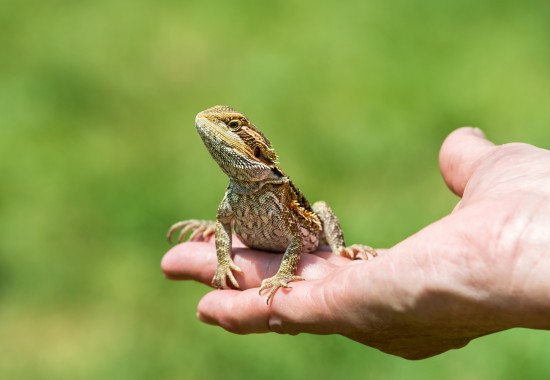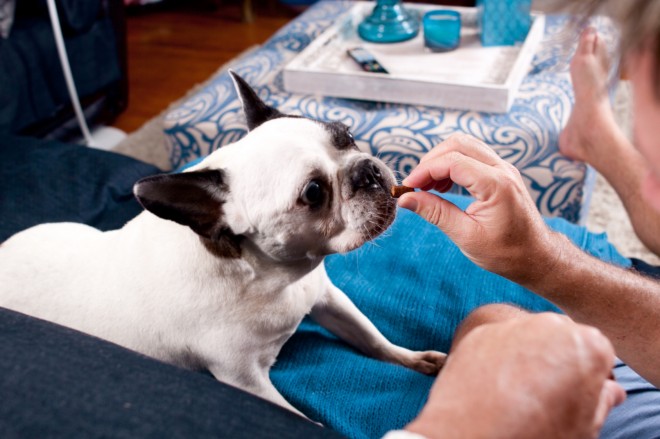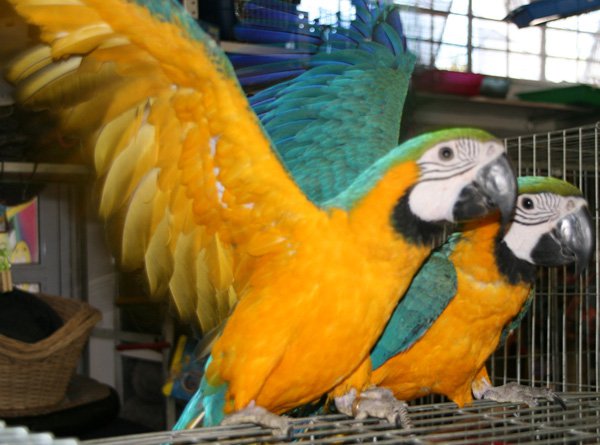There is a highly important article presented by a Norweigan Shih Tzu fancier of which the author抯 name is not given. It is thought to be almost certain, however, the article was written by Dr. Walter Young, author of Some Canine Breeds of Asia.
The article was published in Peiping shortly before the first Peking Kennel Club Show. The articles states: 揳t least as common as good Pekingese in Peiping are the Tibetans, the shock-headed long-coated little dogs which came to China during the Manchu dynasty as gifts from the grand lamas at Lhasa.?The writer continues to say: 搃t is a novel little breed,?and complained at that time, 搉o effort is made to distinguish what is quite evidently two distinct types, one considerably larger and higher on the leg than the other.?
These types of dogs described as being considerably larger and higher on the leg than the other were commonly bred by Chinese fanciers and sold in the dog markets on fair days. The writer placed these dogs as ones who must be in the non-sporting group, and admitted there was much confusion about the breed, and even in those days, was very inaccurate information being spread about the different sizes of the Shih Tzu. The article does confirm the theory regarding the existence of two types of Shih Tzu in Peking, at least as far as the 1930抯 were concerned: one of a very small variety, in size more or less similar to the Pekingese, the other larger and apparently closely resembling what we now call the Apso, although smaller, and with shorter legs. The writer was also aware of many cases of crossing of Shih Tzu and Pekingese.
When Princess Der Ling came to Peking and shared her knowledge with the Countess d扐njou, the full truth about the palace dogs of old began to emerge. Peking fanciers began to do their best to restore to the Shih Tzu something of the imperial grandeur which had been its birthright in happier days. The Japanese occupation of Peking in the summer of 1937 which was followed by the attack on Pearl Harbor 4 ?years later, brought an end to their hopes and dreams.
Some very valuable information regarding Shih Tzu size and weight is in the form of a personal letter, dated May, 1955, written by the Countess d扐njou to Mrs. L.G. Widdrington, leading English fancier and widely recognized authority on palace lion dog history. The letter in its entirety can be found in the American Shih Tzu News of March, 1967. The standard that was made out for France set weight limits for the Shih Tzu of 11-22 pounds. The whole standard is also said to have met with the complete approval of two other French fanciers from pre-Pearl Harbor Peking. It is highly unlikely either of them knew nearly as much about the breed抯 history as the Countess. The available evidence suggest their experience of Shih Tzu dates from the confused period before the Princess Der Ling arrived in Peking to bring to light the full truth about the Imperial Lion Dogs as she had known them in the palace.
The Countess went on in her letter to make it quite clear that she was far from happy about the weight limits permitted. She had accepted them against her better judgement. She did not regard such a weight range as historically correct or even as desirable. The Countess抯 letter to Mrs. Widdrington states: 揧es, I did think the Shih Tzu too big in England. They really should be under 12 pounds. In fact, there were two classes in Peking, up to 12 pounds (which would include our little 6 pound teacups today) and over 12 pounds were judged separately. They never had the big ones in the Imperial Palace厖
Presently, the American Kennel Club standard for size does not regard the weight of under 9 pounds as being appropriate for the ideal Shih Tzu, and to be accepted by the American Kennel Club show ring competitions. This size is not allowed in the AKC show ring. All who love this size, must accept this fact as it is.
However, we must also face the facts that these smaller size Shih Tzu are the result of days gone-by breeding practices. It is not at all true that the smaller Shih Tzu are 搒ickly?or have greater health problems than the larger Shih Tzu. It is not at all true that breeders who produce the smaller size Shih Tzu are guilty of being irresponsible, in-breeding and line-breeding with close relatives to obtain the small size, and doing just about anything to get these small sizes for the sake of 搈ore money.?
Shih Tzu puppies from the standard size Shih Tzu show ring requirements are priced at much higher prices and are capable of having just as many, if not more, health problems due to the fact that anytime animals are bred to meet a specific weight, look and requirement, a type has to be set in. Type is set in by in-breeding and line-breeding. Negative attributes, such as any health problems in the bloodlines are passed onto offspring just as the positive attributes of those that make a Shih Tzu beautiful for the Showring.
This article is FREE to publish with resource box.

 Learning More About The Japanese Chin Dog
Learning More Abo
Learning More About The Japanese Chin Dog
Learning More Abo
 How To Pick Up And Handle Your Pet Lizard, And The Best Pet Lizards For Hands-on People
How To Pick Up An
How To Pick Up And Handle Your Pet Lizard, And The Best Pet Lizards For Hands-on People
How To Pick Up An
 How To Stop Your Dog From Snapping For Treats
How To Stop Your
How To Stop Your Dog From Snapping For Treats
How To Stop Your
 Something Smells Funny – How Your Family Pet is Destroying Your Home
Something Smells Funny – How Your Family Pet is Destroying Your Home
 All You Need To Know About Cocker Spaniel
All You Need To Know About Cocker Spaniel
Cock
All You Need To Know About Cocker Spaniel
All You Need To Know About Cocker Spaniel
Cock